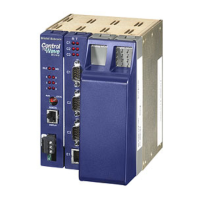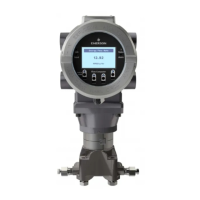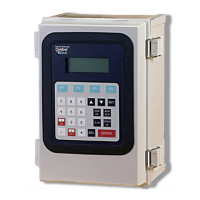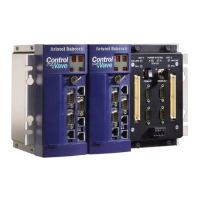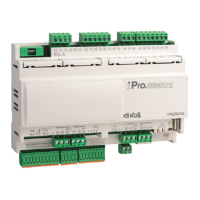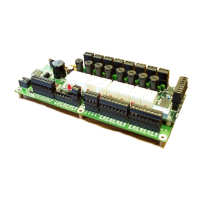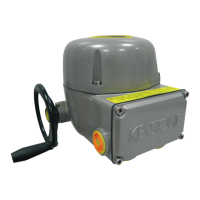ControlWave Instruction Manual (CI-ControlWave)
Revised Nov-2010 Installation 2-23
Table 2-5. RS-232 Connectors on CPU Board
Connector Name Function Notes
J2 COM1 9-pin male D-sub (RS-232) See Figure 2-10 & Table 2-7
J3 COM2 9-pin male D-sub (RS-232) See Figure 2-10 & Table 2-7
If you purchased an SCB board, it may include an RS-232 port. If
present, the RS-232 port on the SCB is COM3 and it has a different type
of connector than that used for COM1 or COM2.
Note: COM3 on the secondary communication board (SCB) can be
ordered as an RS-485 port, in which case it will not function as
an RS-232 port.
Table 2-6. RS-232 Connectors on Secondary Communications Board (SCB)
Connector Name Function Notes
J2 COM3 8-pin RJ-45 (RS-232) See Figure 2-11 & Table 2-8
RS-232 COM
Port Cables
For the ControlWave, half-duplex communications use BSAP protocol
or another protocol such as Modbus, while full-duplex communications
use point-to-point protocol (PPP). RS-232 ports use a “null modem”
cable (see Figure 2-12) to connect with other devices (such as a PC, a
printer, another ControlWave [except the CW_10/30/35]) when the
ControlWave uses the full-duplex PPP protocol.
If you don’t want to make your own cables, as described in this section,
you can purchase cables.
You can purchase a null modem cable using part number 392843-
01-3.
For RJ-45 connectors (for example COM3 on the SCB) you can
purchase RJ45 to DB9 Adapter cable(s) using part number 392844-
01-0 to use with the null modem cable.
Note: You can configure the ControlWave as either a master or slave
node on a BSAP network.
Figure 2-10 illustrates the CPU module’s male 9-pin D-type connector.
Use the content provided in Table 2-7 to determine pin assignments for
the COM1 and COM2 ports.
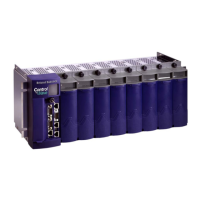
